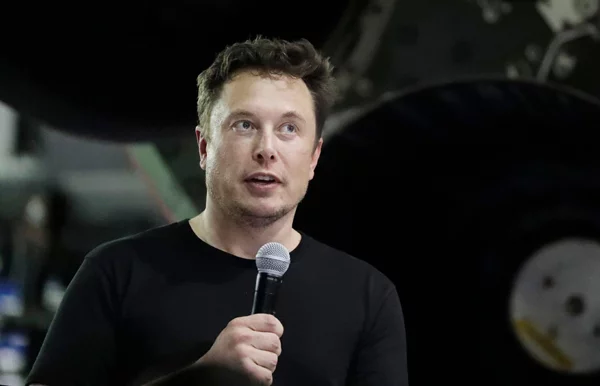By , Clean Technica
SpaceX founder Elon Musk took stage on Thursday night to deliver new information about the company’s Mars rocket, Starship. For the first time since 2019, SpaceX updated the public on Starship development in an official event. The presentation was notably light on new information, but rather served as an aggregate of progress made over the past two years.
Why Mars?
The SpaceX presentation started with an interesting question: why pursue multi-planetary space missions? Musk defended the concept by talking about the long-term and short-term dangers facing human life on Earth. Once humans are able to establish a self-sustaining settlement on Mars, it would drastically decrease risk of human extinction due to human-induced catastrophe (i.e., nuclear war) or mass-scale natural disasters (i.e., asteroid impact or supervolcano eruption). Then there are also the climate-related risks. Even if none of these events end up posing a threat, Earth-based life seems to have a hard deadline at 1 billion years from now.
Establishing a Permanent Settlement on Mars
Much of the information presented about Starship centered around the goal of creating a permanent settlement on Mars. Musk estimated that it would take roughly 1,000,000 tonnes of supplies and materials to establish a self-sustaining city on the Red Planet. Over time, in order to meet this goal, the rocket will likely undergo changes such as length and better engines, but not a diameter increase.
New Engines
The new V2 Raptor engines took center stage at the presentation as well, both metaphorically and physically. Workers set up a single V2 Raptor engine next to an older V1 engine to allow the media to observe the visual differences between the two (pictured above). The newer engine is noticeably much less complicated, with fewer pipes snaking across the top section. The engine nozzle appears to be visually unchanged, however. This makes these engines not only much easier to manufacture, but as revealed by the presentation, almost half as expensive to produce. The V2 engines are also more effective than the older ones, with more thrust possible.
Click here to read the full article on Clean Technica.



